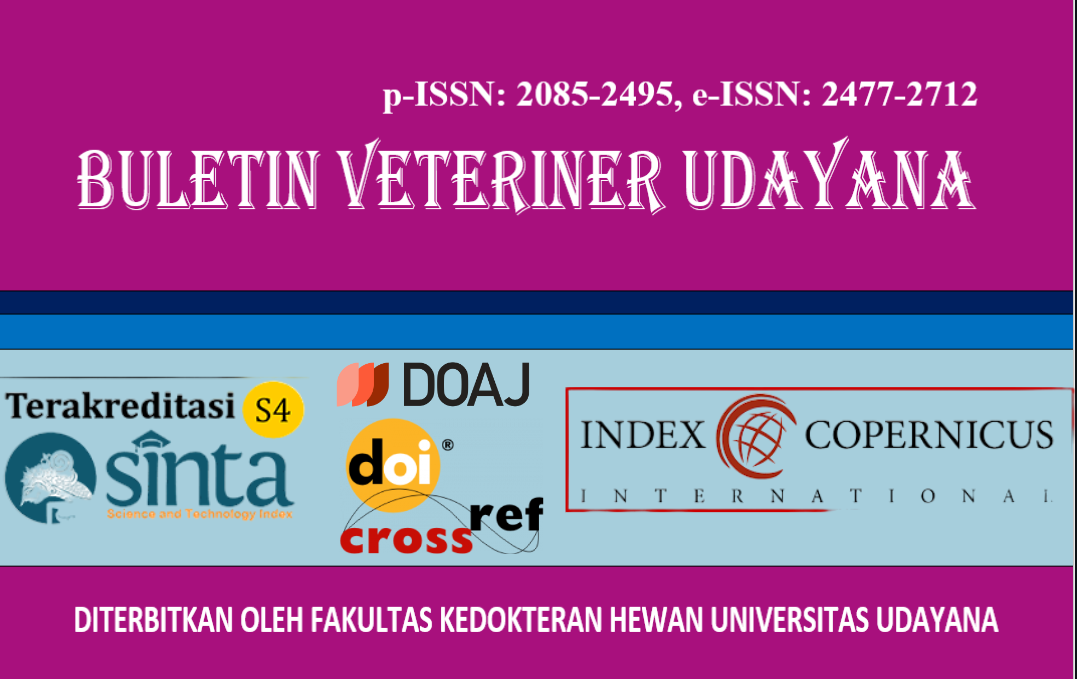HAZARD ANALYSIS OF ANTIBIOTIC USE IN BROILER FARMING
DOI:
https://doi.org/10.24843/bulvet.2024.v16.i06.p23Keywords:
antibiotics, hazard analysis, residues, antimicrobial resistance, broiler, one healthAbstract
Increasing poultry populations and the use of conventional antibiotics to maintain the health of livestock and animal products have led to the development and spread of antimicrobial resistance (AMR), a global public health concern. The pattern of antibiotic use and misuse in broiler farming can be an implication of the emergence of various types of antibiotic-resistant bacteria and their spread among animals, humans, and the environment. The purpose of this literature review is to analyse the hazards associated with antibiotic use on broiler farms, the risk of antimicrobial resistance, and the potential consequences for animal, human and environmental health. In general, the negative impacts of antibiotic residues on human health include toxicological, microbiological and immunopathological hazards and economic impacts. Meanwhile, the impact of excessive use of antibiotics in livestock can lead to a weaker immune system, cause dysbacteriosis, the occurrence of secondary diseases or infections, residues in poultry products, and antibiotic resistance to pathogens. Furthermore, the overuse of antibiotics on broiler farms can result in pollution to the environment surrounding the farms that is distributed into soil, water, and plants. Therefore, effective mitigation of the risks associated with the extensive use of antimicrobials on broiler farms and management of AMR issues is essential, and requires a multidisciplinary integrated approach, such as the One Health approach to achieve optimal health and welfare outcomes and emphasize the interconnectedness between humans, animals and the environment.




